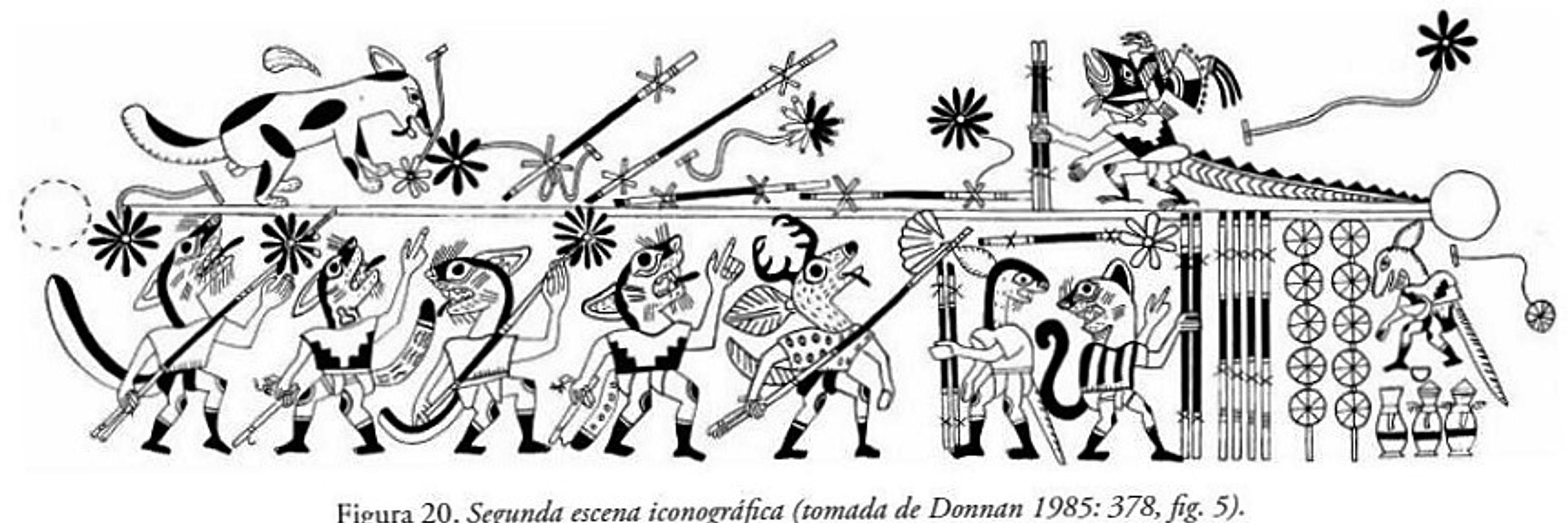Vexull1🌵
@vexull1.bsky.social
67 followers
15 following
29 posts
draw animals on two legs, among other things 🐆🦙🦌🐇
• (English isn't my mother tongue)
Twitter: https://x.com/Vexull1
DeviantArt: https://www.deviantart.com/vexull1
Posts
Media
Videos
Starter Packs
Pinned
Reposted by Vexull1🌵
Reposted by Vexull1🌵
Vexull1🌵
@vexull1.bsky.social
· Apr 22
Vexull1🌵
@vexull1.bsky.social
· Apr 10
Reposted by Vexull1🌵
Vexull1🌵
@vexull1.bsky.social
· Mar 1







































